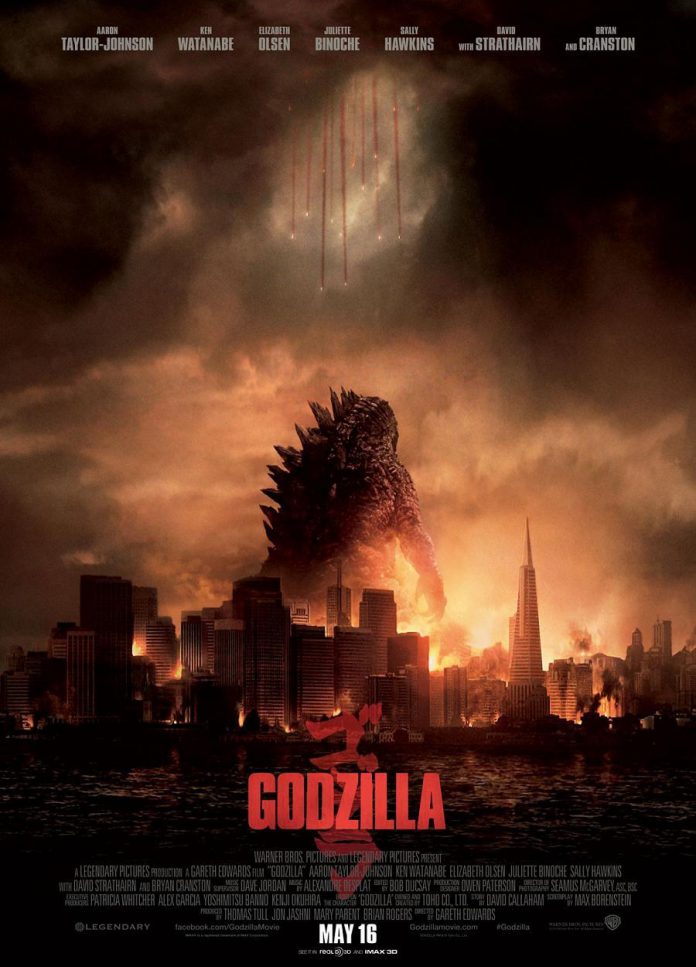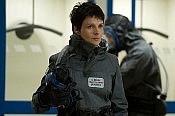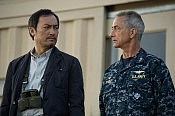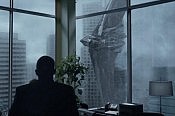Andrei Tarkovsky’s transcendent Stalker anticipated Chernobyl. James Bridges’ The China Syndrome preceded the Three Mile Island accident by a mere 12 days.
Gareth Edwards’ ambitious re-imagining (I hate the term reboot) of Godzilla feels no less uncomfortably prescient.
One’s mind cannot help but wander to the apocalyptic predictions aimed at the spent fuel rods housed within the unstable reactor #4 of the tsunami-damaged Fukushima Daiichi nuclear power plant.
It may sound far-fetched, but this massive undertaking breathes the same toxic air as the populist American filmmaking of the 1970s — a time when mainstream cinema had a social agenda and sought to educate as well as horrify.
Godzilla began its genesis in 1954 as a harbinger of nuclear holocaust; the United States personified in a post-Hiroshima and Nagasaki environment that became one of the most enduring icons of Japanese pop culture. Over the course of nearly 30 films, the popularity of the character would see it shift from rampaging marauder to reluctant messiah, saving humanity from the external threat of other and more malevolent rubber-suited thespians.
Here, the gaze falls hard on the omnipresent threat of climate crisis with the marauding beast acting as a sort of planetary defence mechanism. The punishment we deserve.
Nearly all of the hype driving this latest incarnation was propelled by one persistent query: What will the titular behemoth actually look like this time around?

The iconic anthropomorphic posture, keloid scars, and cavernous scream have received a multi-million dollar facelift and the technology has finally caught up to the ideas. The monumental disaster is carved out in terrifying and almost overwhelming detail; the cardboard Tokyo has been replaced with the photorealistic demolition of contemporary San Francisco.
Predictably, we aren’t granted permission to linger on the creature until late in the game. Whatever. The emotional narrative is so surprisingly captivating for a disaster picture that you’ll forget it’s been nearly 70 minutes before you actually see the monsters capably do their thing against a fiery, crumbling cityscape.
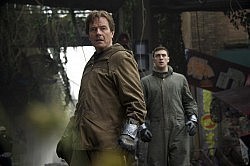
Newly minted leading man Aaron Taylor-Johnson, Breaking Bad‘s Bryan Cranston, and art house stalwart Juliette Binoche (making her blockbuster film debut after turning down the female lead in Jurassic Park 20 years ago) form a shattered inversion of the Norman Rockwell nuclear family. Cranston is in fine form portraying the conspiracy theorist who is, of course, right about everything.
Once the carnage commences, it is partially observed through the prism of a child’s experience. How easily this could have been precious and condescending, but it is executed in a manner that is both sympathetic and compelling.
Inevitably, the narrative thrust revolves heavily around the American military. Though here it is welcomingly neither pro or con — despite the looming shadow of intangible terrorism and the temptation to label unfamiliar, havoc-wreaking giants as such in this post-9/11 world. A team of paratroopers descending upon the smouldering bay area like falling stars leaving a bloody rainbow in their vapour trails to the terrifying strains of Ligeti’s Requiem is awesome and vivid.
At one point, the ambiguous beast of burden pauses after killing and looks almost remorseful, suggesting that even technically proficient juggernauts may entertain the odd moment of self-doubt.
However, as a whole enterprise this first-rate piece of terrifying commercial entertainment is remarkably self-assured. The window left for a sequel is gaping, but evidently this is a franchise in more-than-capable hands. Hopefully the 3-D glasses don’t blot out its not-so-subtle message: the arrogance of man is thinking nature is in our control, and not the other way around.
Godzilla – Official Trailer
All photos courtesy of Warner Bros. Pictures






















